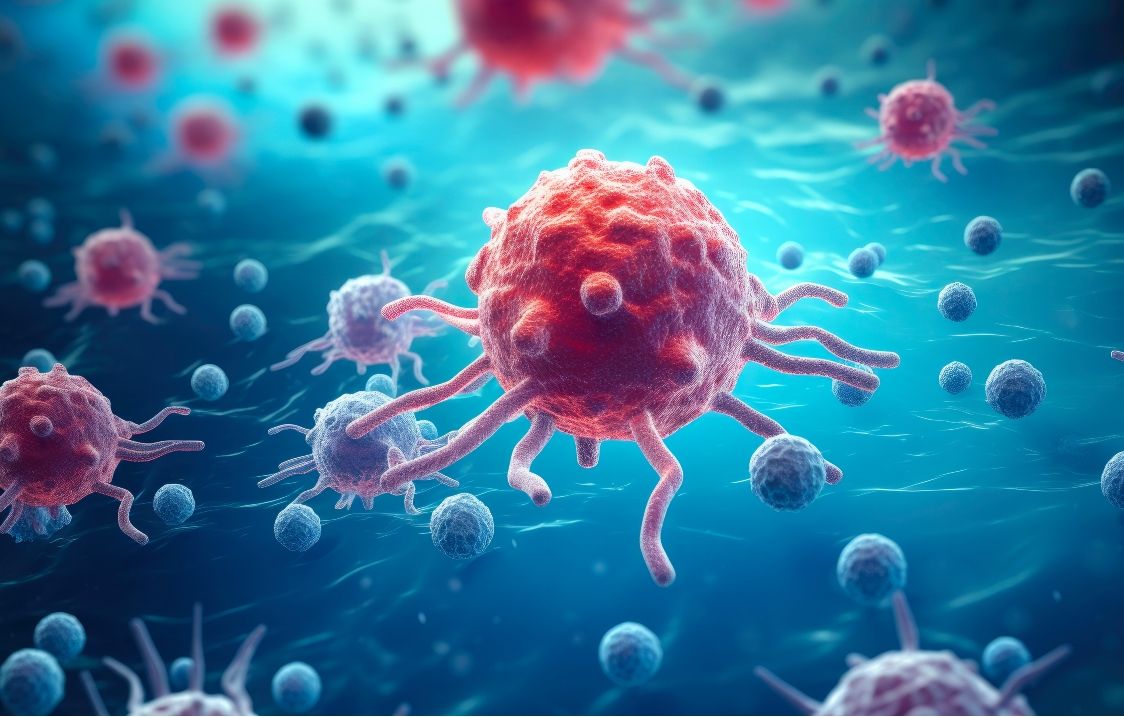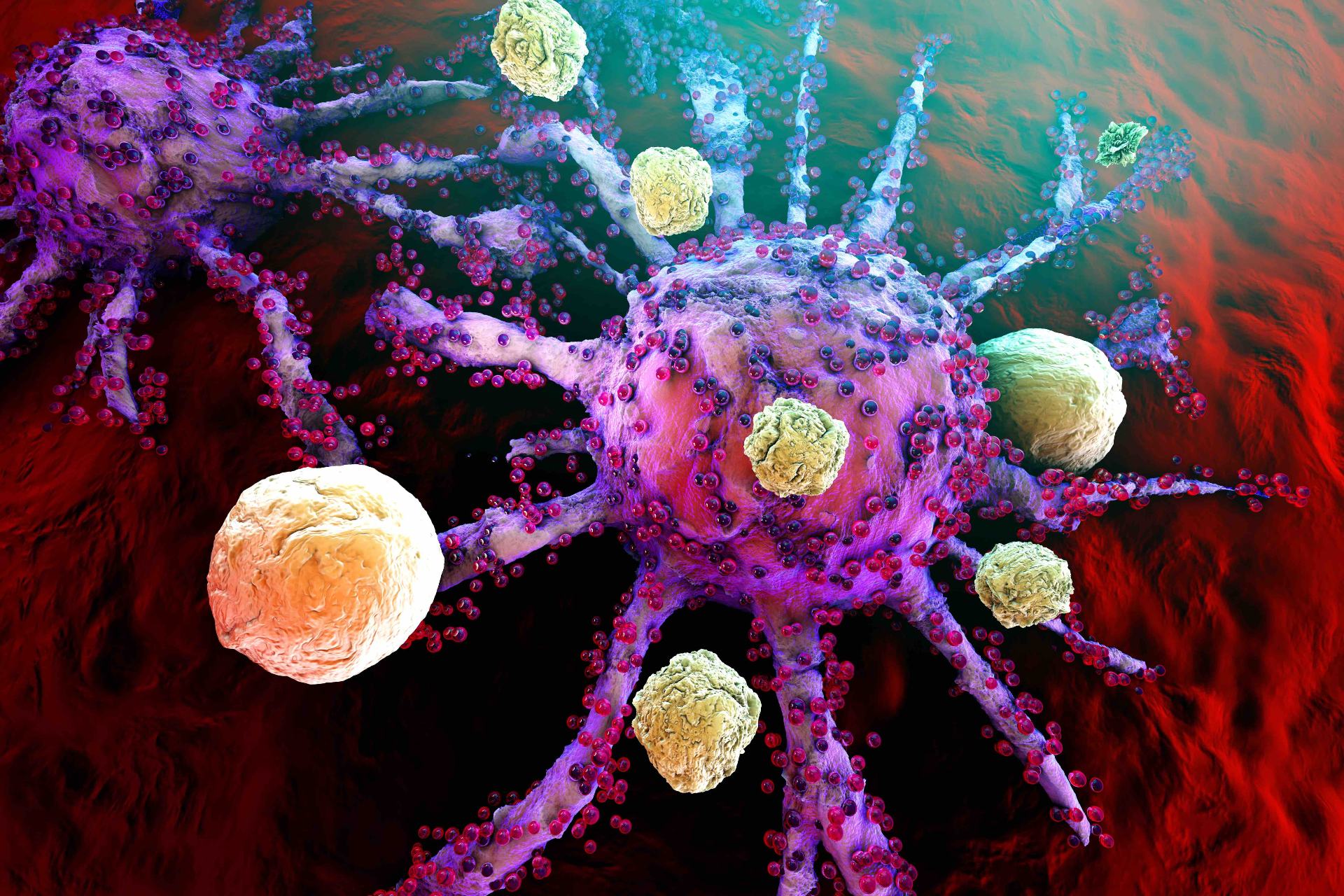Article
Hispanic Children With ALL at Greater Risk of Neurotoxicity During Treatment
Author(s):
Children of Hispanic ethnicity have a higher risk of developing neurotoxicity when they are treated with methotrexate for acute lymphoblastic leukemia (ALL) compared with non-Hispanic white children.
Children of Hispanic ethnicity have a higher risk of developing neurotoxicity when they are treated with methotrexate for acute lymphoblastic leukemia (ALL) compared with non-Hispanic white children.
Although improvements in treatments have resulted in survival rates of approximately 90% in ALL, children who are from minority populations tend to have lower survival rates. A new study in Clinical Cancer Research evaluated demographic and clinical factors associated with methotrexate neurotoxicity in pediatric patients.
A total of 280 newly diagnosed patients from 3 pediatric cancer treatment centers were enrolled. Of those, 39 patients (13.9%) experienced neurotoxicity following methotrexate therapy.
Read more about high survival rates for children with T-cell leukemias.
Hispanic patients experienced neurotoxicity more than twice as often as non-Hispanic whites. Of the 39 patients who experienced neurotoxicity, 9 experienced a second neurotoxic event, and all 9 were Hispanic. Furthermore, 15.4% of the 39 cases with neurotoxicity experienced relapse compared with just 2.1% of the 241 patients who did not have neurotoxicity.
“We had observed that our Hispanic patients tended to experience neurotoxicity more often than other groups, but we were surprised to see the magnitude of the difference,” lead author Michael E. Scheurer, PhD, MPH, associate professor of pediatrics at Baylor College of Medicine and director of the Epidemiology Center at Texas Children’s Cancer Center, said in a statement. “We want to make sure that we maintain the benefit of therapy for ALL, while trying to reduce disparities and minimize any of the risks.”
According to Scheurer, further research is needed to understand just why Hispanic children have a greater risk of experiencing methotrexate neurotoxicity. They are now researching if biomarkers could help predict neurotoxicity.
“Biomarkers may someday allow us to identify patients up-front, before even beginning therapy, who might be at risk for such outcomes,” he said. “If we can identify these at-risk patients, we can potentially employ strategies to either fully prevent or mitigate these toxicities.”
Reference
Taylor OA, Brown AL, Brackett J, et al. Disparities in neurotoxicity risk and outcomes among pediatric acute lymphoblastic leukemia patients [published online September 11, 2018]. Clin Cancer Res. doi: 10.1158/1078-0432.CCR-18-0939.





